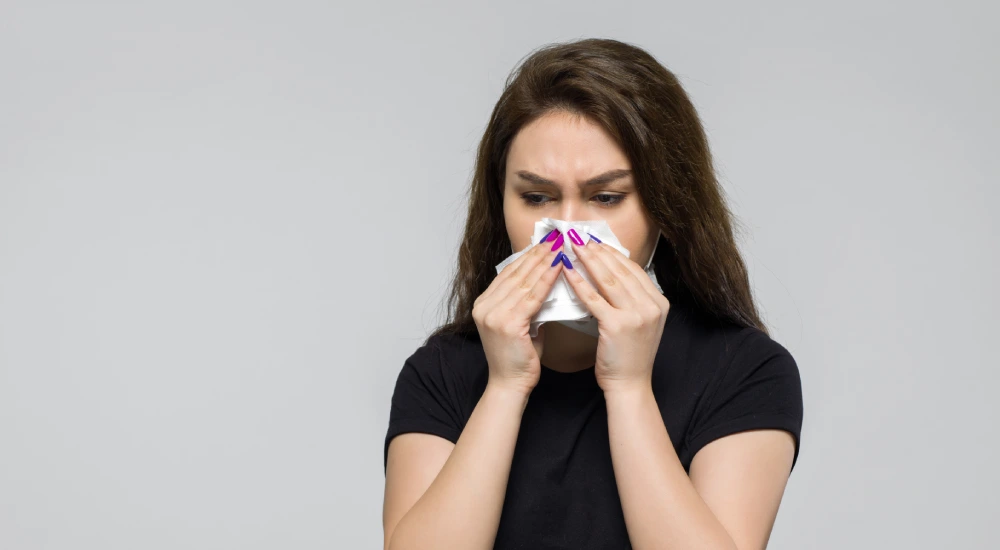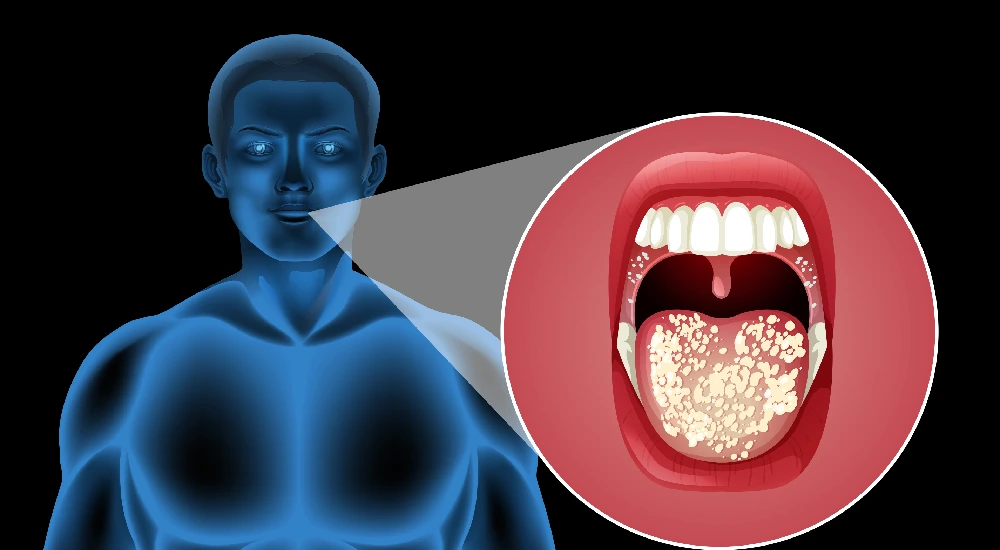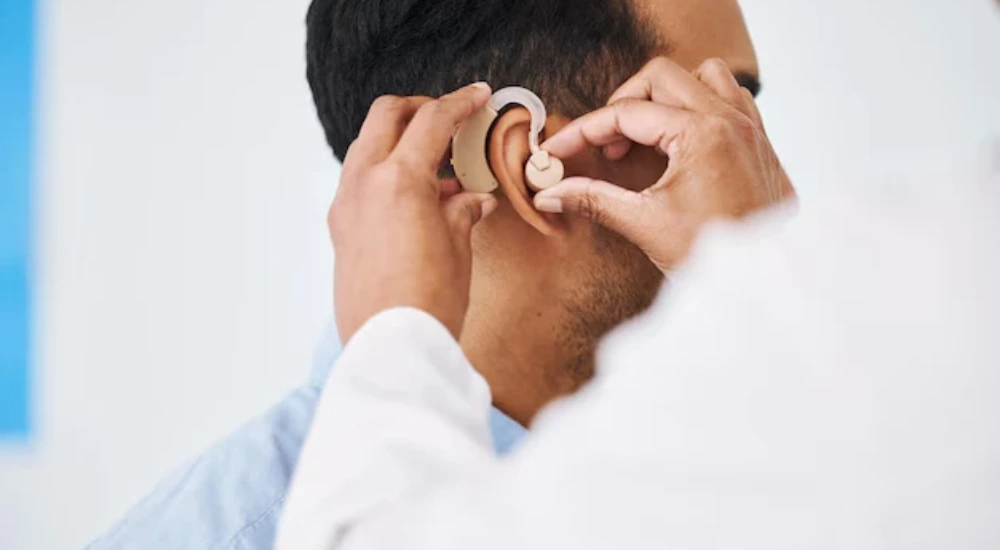
Say Goodbye to Your Sneezing: Top Tips to Prevent Dust Mites Allergies
Do you sneeze throughout the day without knowing the actual reason for it? Are you tired of the countless sniffling and itchy eyes, the culprit in this case might be smaller than you think.
Now enters the main character, the uninvited guest known as dust mites – the almost invisible particles that can pack a powerful allergy punch and ruin your comfort.
Don’t panic! We are here to save you and kick out these tiny bugs to help you breathe easier and freely.
What are Dust Mites?
Dust mites are tiny bugs that feed on your dead skin cells. They grow in warm and humid environments, making your bed the perfect breeding ground. Although they do not sting or bite you, their body parts and faeces might set off allergic reactions in sensitive people.
Indicators of Dust Mite Allergy
Now that you know what dust mites are, how to find out if you are allergic to these annoying mites? The common allergic reactions include the following -
- Constant Sneezes: Like you’ve been caught in a pollen storm.
- Runny or stuffy nose: Your sinuses’ way of protesting.
- Itchy, watery eyes: As if your eyes are on a protest.
- Coughing and wheezing: Your chest’s attempt to clear out the irritation.
These symptoms can make you feel like you’re constantly under attack. If this sounds like your daily reality, it’s time to take action!
Prevention Tips
Are you ready for the game plan to kick out these mites? Here are some tips for your rescue -
1. Create a Dust-Free Bedroom:
Make sure to keep your bedroom a dust-mite-free area. Remove every object and clutter that can lead to dust collection. Frequent dusting and vacuuming can greatly reduce the dust mite population. And remember, a clean home is a happy home—especially for your allergies!
2. Wash Bedding Regularly:
Dust mites surely love to snuggle into your bedding. The only way to battle against this to to wash your sheets, pillowcases, and blankets in hot water (at least 60°C) to kill dust mites.
3. Use Allergen-Proof Covers:
Cover your mattresses and pillows in allergen-proof covers to prevent any form of dust mite exposure.
4. Control Humidity:
Dust mites love humidity. Their breeding ground is warm and humid environments. Keeping the humidity in your home at 50% or below makes it unsuitable for mites to thrive. Use a dehumidifier or air conditioner to keep the air dry.
5. Vacuuming and Dusting:
Not all vacuums have the same functions. Use a high-power vacuum with a HEPA filter to catch dust mites effectively. Also don’t forget to dust regularly with a wet cloth to prevent the particles from spreading around.
6. Air Purifiers and Dehumidifiers:
Air purifiers are one of the best tools that can help you to keep dust mites at bay. Buy an air purifier with a HEPA filter to remove irritants from the air. A dehumidifier can help control humidity levels.
7. Choose the Right Flooring:
While it is mostly overlooked, carpets are also one of the sources of dust mite growth. Hardwood floors or tiles are easier to clean than carpets, which can harbour dust mites. So, avoid using floor carpets to have an allergy-free life.
8. Seek Professional Help:
If you have tried all the above tips and still find yourself in a constant battle with allergies, then it might be the right time to seek professional health.
Conclusion
Preventing dust mite allergies doesn’t have to be a daunting task. Just by controlling humidity, keeping your home clean, and controlling humidity, you can reduce the chances of an allergy attack. And remember, if your symptoms persist, Vikram ENT is here to help you get back to your allergy-free self.
At Vikram ENT, our team of professionals can help you analyse and treat dust mite allergies with comprehensive allergy testing and treatment options to help you breathe easy. Don’t let allergies keep you from enjoying life—get in touch with us to find out how we can help you breathe easier.
Ready to tackle your dust mite allergies head-on? Contact Vikram ENT today to schedule a consultation!






